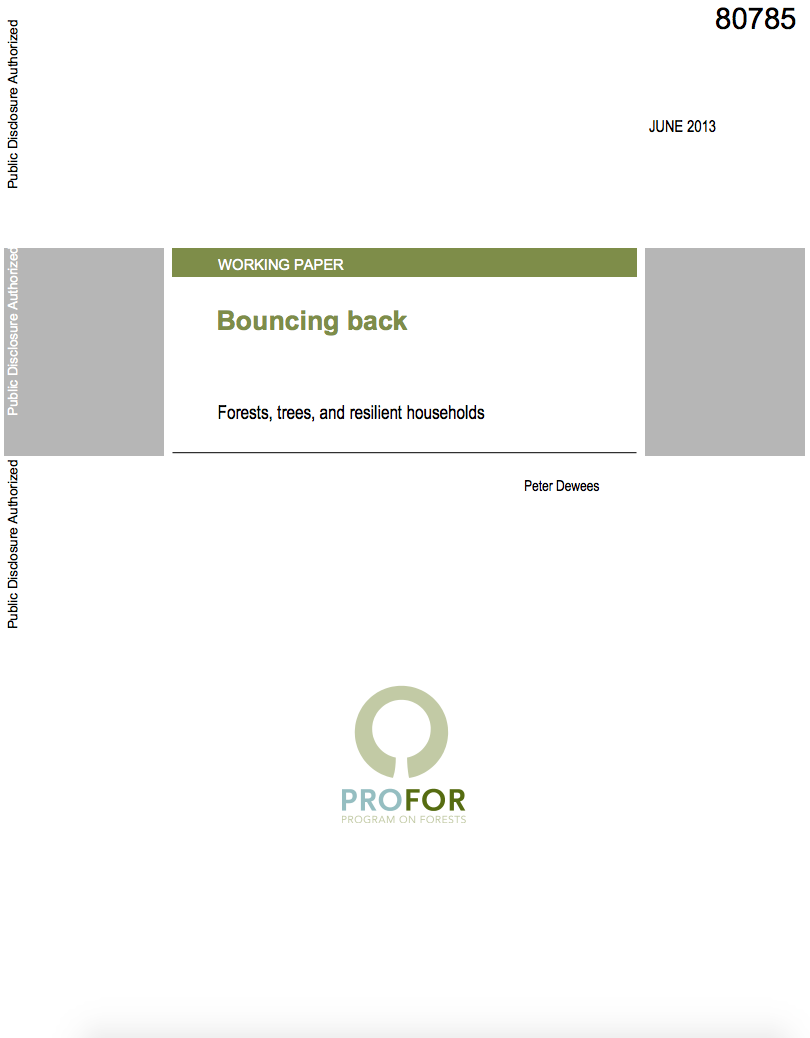Biodiversity, Ecosystem Services, and Climate Change : The Economic Problem
Climate change is both a cause and an
effect of biodiversity change. Along with anthropogenic
dispersion, climate change is the main driver of change in
the geographical distribution of both beneficial and harmful
species, crops, livestock, harvested wild species, pests,
predators and pathogens. And the capacity of ecosystems to
adapt to climate change depends on the diversity of species
they currently support. This paper considers the connection


